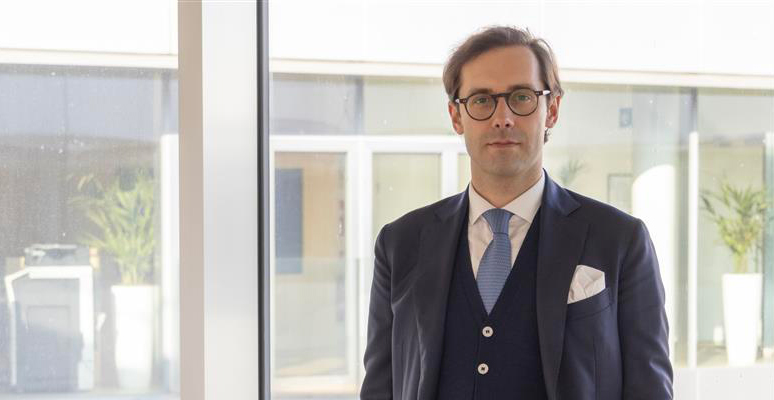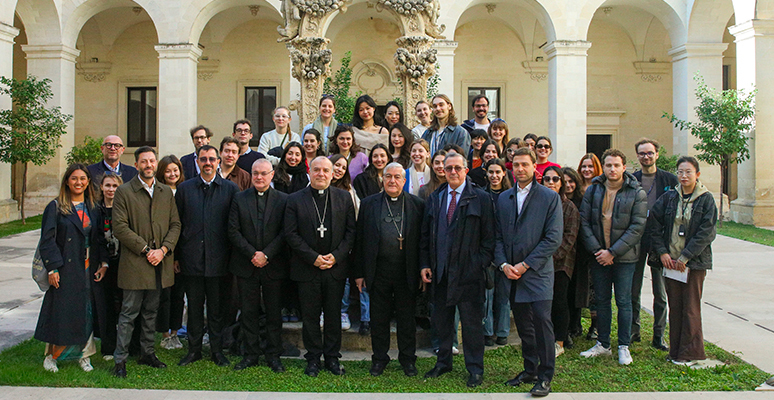
- Start date
- Duration
- Format
- Language
- 2 mar 2026
- 12 days
- Class
- English
To grasp international art market dynamics and understand the roles of collectors, investors, galleries, advisors, fairs, and auction houses.
Stefania Saviolo, Lecturer of the Department of Management and Technology at Bocconi University and first director of the Master in Fashion, Experience & Design Management (MAFED) at SDA Bocconi, had the opportunity to interview the managers of the famous brand: Andrea Nannoni Managing Partner, Giovanni Gennari Marketing and Communications Director and Carlo Torrani Head of Digital & innovation during a recent student visit to Atelier Fornasetti in Milan.
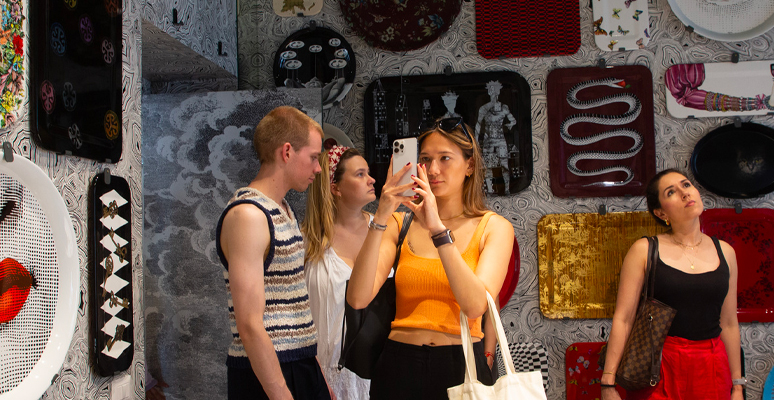
It proved to be a fruitful opportunity to learn more about one of the most interesting cases of business growth, the Atelier's unique strategy, as well as the significance of marketing for a brand positioned between Art and Design.
Andrea Nannoni, how was Fornasetti born?
Your entry into the company led to a turning point, what can you tell us about that?
The brand was iconic and well-known among experts but the until the 1990s the company was small, struggled to grow, had financial problems and risked weakening the brand reputation by operating on so many licensing projects. I joined the company in 1995 and convinced Barnaba to revolutionize their way of doing business: the idea was still decoration but based on a concept of luxury art and design, a long-term vision oriented at the market, the customer, and having greater control. The change of course involved a phase of downsizing and sacrifices that lasted several years. After the revolution, however, came evolution. In 2002 the company employed 9 people, which became 56 in 2016 and 110 in 2023; in the same period, we have grown from the size of an artisan workshop to that of a small-to-medium sized company present in all international markets. We have grown not only in quality wholesale, department stores and international online platforms, but also in retail with the opening of direct stores such as flagships in Milan. We are also present at Harrods in London. Licensing contracts were closed but now we work closely with various partners to produce the iconic candles. Furniture, porcelain, accessories are all hand-decorated in Milan with motifs from the archive, numbered and produced in limited quantities. In regards to the future, collaborations with other brands, international events and exhibitions, new product categories, and digital are the strategic challenges we are already facing.
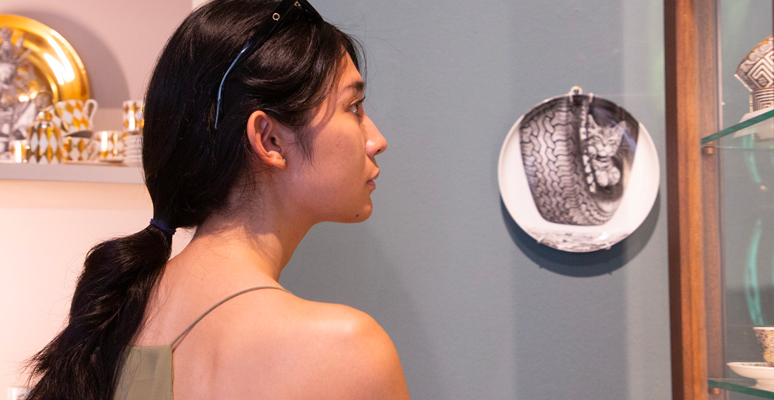
Giovanni Gennari, what does marketing mean for a brand positioned between Art and Design?
This positioning is the result of leveraging our identity, history, and entrepreneurial vision. It is not a marketing formula made at a desk because we envision a specific space in the market; we do not want to compete to take market share or the customers of others. For those like us who are unique, the strategy is to create their own Blue Ocean by capitalizing on this uniqueness and showcasing the product positioned as a cult object, without expanding the company's perimeter too much but instead developing many niches. Customers and enthusiasts will recognize themselves in the values and creativity, and this is how the brand community is created. Those who have something relevant to say with their products and enterprise do not seek consensus, they create it. I like to say that we do anti-marketing!
Whereas traditional marketing seeks to simplify, luxury subverts all its rules. Luxury is complexity, those involved in the luxury sector must not simplify, but learn to manage its complexity according to some I would say "inverted” mechanisms:
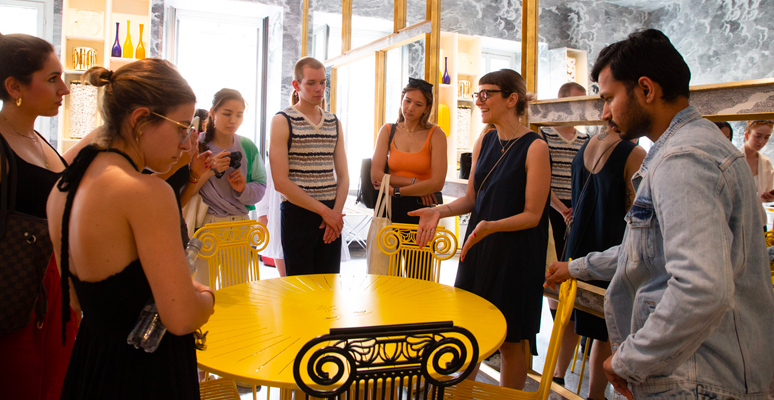
The challenge is to manage the delicate balance between tradition and innovation, to regenerate Brand values in a contemporary manner in order to be attractive and relevant to new generations and to a global audience that is aware, demanding, and exhibits extremely liquid behavior.
Desire is the real key motivational driver, a continuous seduction game made of micro-moments of communication spread across various platforms that must resonate in perfect harmony.
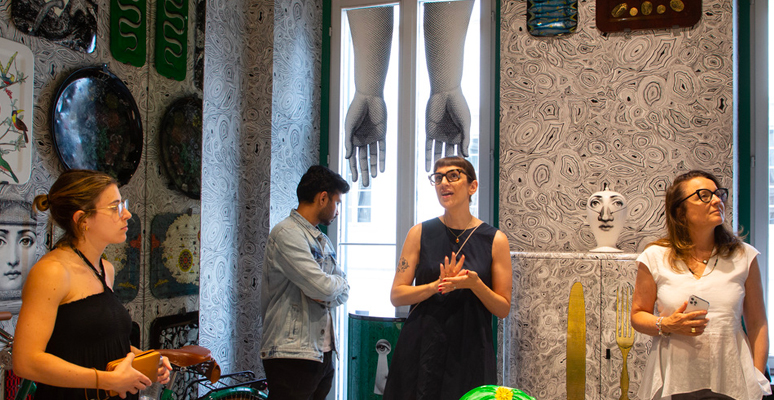
Carlo Torrani, what is the approach to technology and digital for an atelier?
The approach to digital needs to be unique, personalized and have targeted goals to be able to precisely marry the balance between tradition and innovation. Even technologically, the vision is to share the artistic message by bringing Fornasetti closer to people. Thanks to e-commerce and retail, it has been possible to leverage data and improve the relationship with the customer through focused content and engagement. Digital also enables better relationships with dealers and professionals. Today Fornasetti is committed to an omni-channel model at the Business To Business To Consumer customer support and service level.
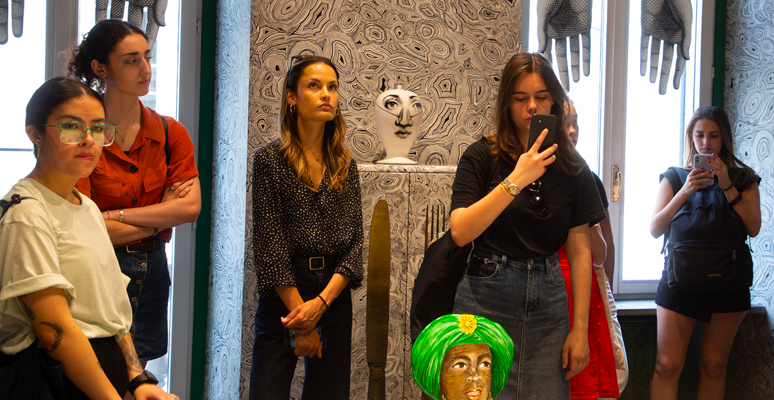
SDA Bocconi School of Management

To grasp international art market dynamics and understand the roles of collectors, investors, galleries, advisors, fairs, and auction houses.
